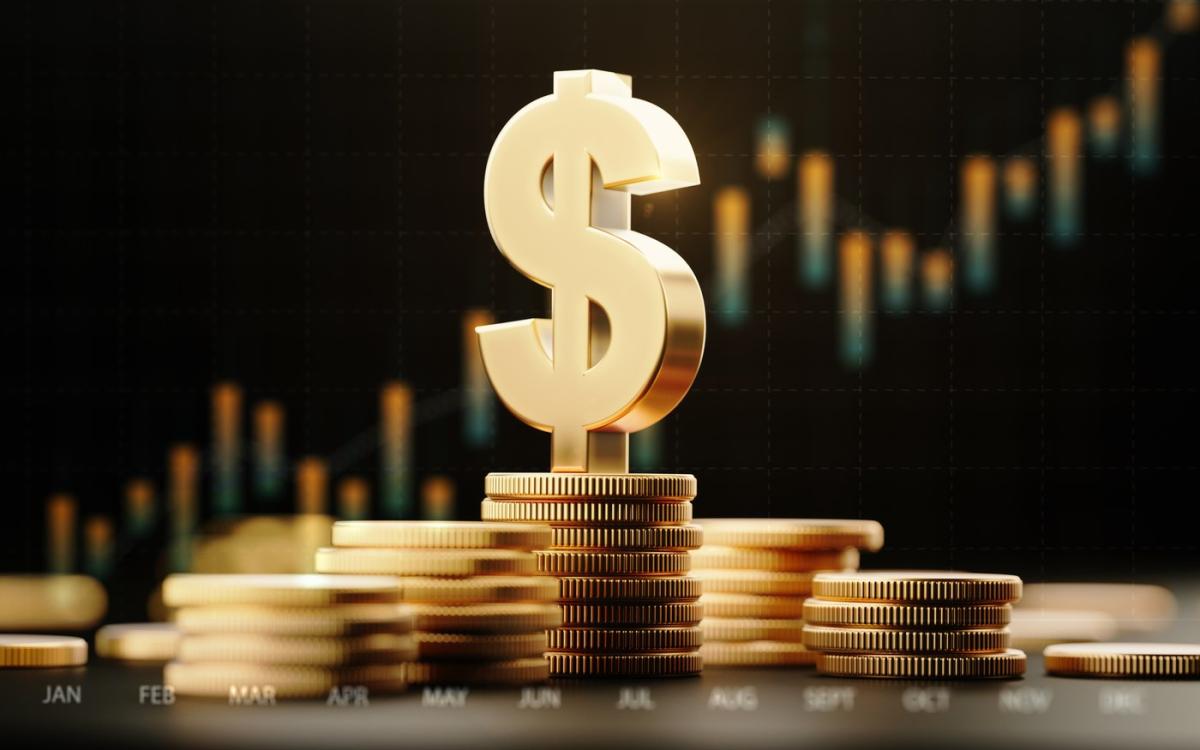XRP's Price Plunge: A Golden Opportunity or Investor's Trap?

XRP, the innovative digital currency powering the XRP Ledger, stands at the forefront of revolutionizing cross-border financial transactions. Developed by Ripple, a cutting-edge financial technology company, this cryptocurrency has captured the attention of investors and financial experts alike.
In a remarkable surge of momentum, XRP experienced an extraordinary price rally following the presidential election, skyrocketing an impressive 550%. The digital asset reached its peak valuation of $3.30 in January, showcasing the cryptocurrency's potential for dramatic growth. However, the initial excitement has since tempered, with XRP retracing to $2.55 by February 18th, representing a 20% decline from its previous high.
The token's volatility reflects the dynamic and ever-changing landscape of cryptocurrency markets, where investor sentiment and political developments can significantly impact digital asset valuations. As the financial world continues to evolve, XRP remains a notable player in the ongoing digital currency revolution.

